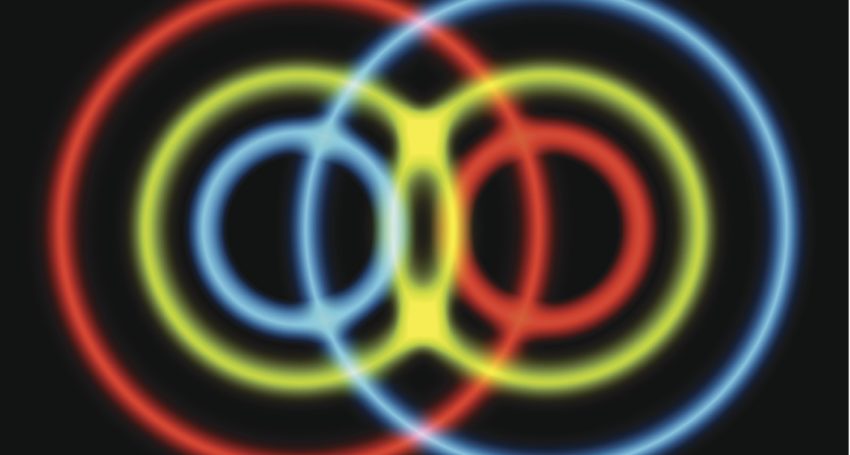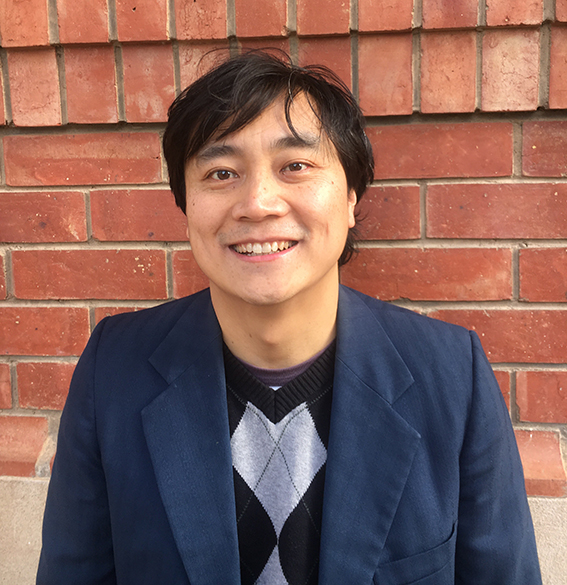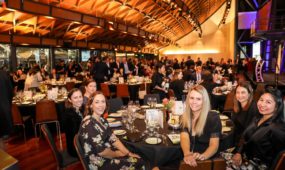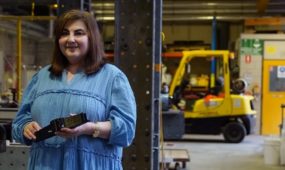University takes quantum leap in race to build first super battery
Innovators
A South Australian university has recruited a leading quantum physics expert in a bid to win the race to build the world’s first quantum battery.

Sign up to receive notifications about new stories in this category.
Thank you for subscribing to story notifications.

Dr James Quach has joined the University of Adelaide’s School of Physical Sciences for four years under a Ramsay Fellowship. He will work within the Precision Measurement Group in the University’s Institute for Photonics and Advanced Sensing (IPAS).
The new super battery, with the potential for instantaneous charging, could replace conventional batteries in small electronic devices such as a watch, phone, iPad or computer or any other product that relies on stored energy.
Eventually it is hoped larger quantum batteries could provide opportunities for the renewable energy sector.
Dr Quach, who has previously been a researcher at the University of Melbourne and the ICFO Institute of Photonic Sciences in Barcelona, said that unlike ordinary batteries, quantum batteries would theoretically charge faster the more you have of them.

Dr James Quach will work under a Ramsay Fellowship to develop a quantum battery.
“If one quantum battery takes one hour to charge, then two would take 30 minutes, three would take 20 minutes, and so on. If you had 10,000 batteries, they would all charge in less than a second,” he said.
This is possible thanks to a feature of quantum mechanics known as entanglement.
“Quantum mechanics deals with interactions at the very smallest of scales, at the levels of atoms and molecules – at this level you get very special properties that violate the conventional laws of physics,” said Dr Quach.
“One of those properties is ‘entanglement’. When two objects are entangled it means that their individual properties are always shared – they somehow lose their sense of individuality.
“It’s because of entanglement that it becomes possible to speed up the battery charging process.”
South Australia is a global renewable energy leader with renewable sources accounting for more than 40 per cent of the electricity generated in the state.
It is also home to the world’s largest lithium-ion battery, installed by Tesla at Neoen’s Hornsdale Wind Farm in the state’s Mid-North last year and the 150MW SolarReserve Aurora solar energy project.
“The long-term aim is to scale up, to build bigger batteries which will support renewable energy technologies by making it possible for continuous energy supply no matter the weather conditions – rain, hail or shine,” Dr Quach said.
The idea for a quantum battery was first discussed in a 2013 research paper. Since then there have been other papers on the subject, but Dr Quach said he would “take the theory from the blackboard to the lab”.
“Entanglement is incredibly delicate, it requires very specific conditions – low temperatures and an isolated system – and when those conditions change the entanglement disappears,” he said.
“With the support of the academic community in Adelaide, interstate and globally, I aim to extend the theory of the quantum battery, construct a lab conducive to the conditions needed for entanglement, and then build the first quantum battery.”
The Ramsay Fellowship was established in 2008 with a bequest by the Ramsay family, founders of the Kiwi Polish Company (later Kiwi International), to reduce the brain drain from our shores and advance scientific research.
Jump to next article



